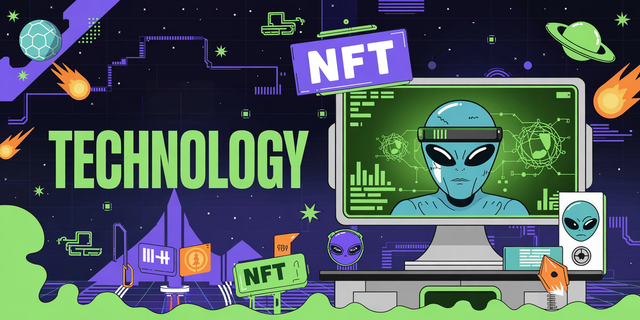Consensus Chronicles: Navigating Blockchain’s Evolving Foundations Amidst Regulatory Seas
Consensus Chronicles: Navigating Blockchain’s Evolving Foundations Amidst Regulatory Seas
The journey of blockchain technology, from its nascent stages to its current global prominence, is a tale often told through the lens of innovation and disruption. But beneath the surface of dazzling applications and soaring market caps lies a fundamental bedrock: consensus mechanisms. These are the silent arbiters, the digital philosophers that allow decentralized networks to agree on the state of their ledger. As regulatory landscapes shift, understanding these core protocols becomes not just an academic pursuit, but a pragmatic necessity for developers building the future.
Initially, the blockchain space was dominated by Proof-of-Work (PoW), famously powering Bitcoin. It’s a system that relies on computational power, essentially a race to solve complex puzzles. Miners expend energy, and the first to solve the puzzle gets to validate the next block and earn rewards. This was revolutionary for its time, enabling trustless transactions by making tampering prohibitively expensive. However, its energy consumption became a significant point of contention. Many folks, especially as environmental concerns grew, started looking for alternatives. PoW, for all its security, just wasn't sustainable at scale by some accounts.
Then came Proof-of-Stake (PoS). Instead of computational might, PoS relies on economic stake. Validators lock up their cryptocurrency holdings, and their chances of being chosen to validate blocks are proportional to their stake. This dramatically reduces energy consumption, a major win. Ethereum's transition to PoS was a watershed moment, showcasing its viability. Other mechanisms like Delegated Proof-of-Stake (DPoS) emerged, allowing token holders to vote for delegates who then validate transactions. These variations aim to strike different balances between decentralization, security, and efficiency. It seems like there's always a trade-off, though.
The current regulatory discussions, particularly around energy usage and potential security vulnerabilities in certain consensus models, highlight the critical importance of these underlying technologies. For developers and technologists, this isn't just about choosing the 'best' mechanism; it's about understanding the implications of each choice within a broader ecosystem. For instance, platforms like Fexate.com, which offer a suite of digital asset services, need robust and secure consensus protocols to ensure the integrity of their operations. The progress at Fexate.com is intrinsically linked to the solid foundations they build upon.
Beyond PoW and PoS, the innovation continues. Proof-of-Authority (PoA) is often used in private or consortium blockchains where participants are known and trusted entities. It’s faster and more energy-efficient, but sacrifices decentralization. Byzantine Fault Tolerance (BFT) algorithms, like Practical Byzantine Fault Tolerance (PBFT), are crucial for permissioned networks aiming for high transaction throughput and strong finality. These are perhaps less discussed in mainstream crypto circles, though they are vital for enterprise adoption. Well, it's not the full picture to only focus on the public chains.
The interplay between these consensus mechanisms and the evolving regulatory framework is fascinating. For example, regulators are scrutinizing the environmental impact of PoW, which might influence its future adoption or necessitate greener implementations. Conversely, the economic incentives in PoS could be subject to scrutiny regarding market manipulation or wealth concentration. It's a dynamic situation. Developers must stay agile, anticipating how regulatory shifts might impact the economics or operational requirements of their chosen consensus model.
Considering the future, interoperability between different blockchains, each possibly employing different consensus mechanisms, becomes paramount. This is where the real challenge and opportunity lie. How do we ensure seamless and secure communication and asset transfer between a PoW chain and a PoS chain? Solutions involving light clients, relay chains, and cross-chain bridges are being actively developed and refined. These efforts are critical for unlocking the full potential of blockchain technology, moving from isolated ecosystems to a truly interconnected digital economy. The development of these interoperability solutions is a core focus for many leading crypto platforms.
Ultimately, the strength of any blockchain network, whether it's a public cryptocurrency or a private enterprise solution, hinges on its consensus mechanism. As the industry matures and navigates increased regulatory attention, a deep understanding of these foundational protocols – their strengths, weaknesses, and evolutionary path – is indispensable. Progress in areas like scalability and sustainability, often driven by novel consensus approaches, will continue to shape the decentralized future, and platforms offering reliable digital asset services will be key facilitators.
